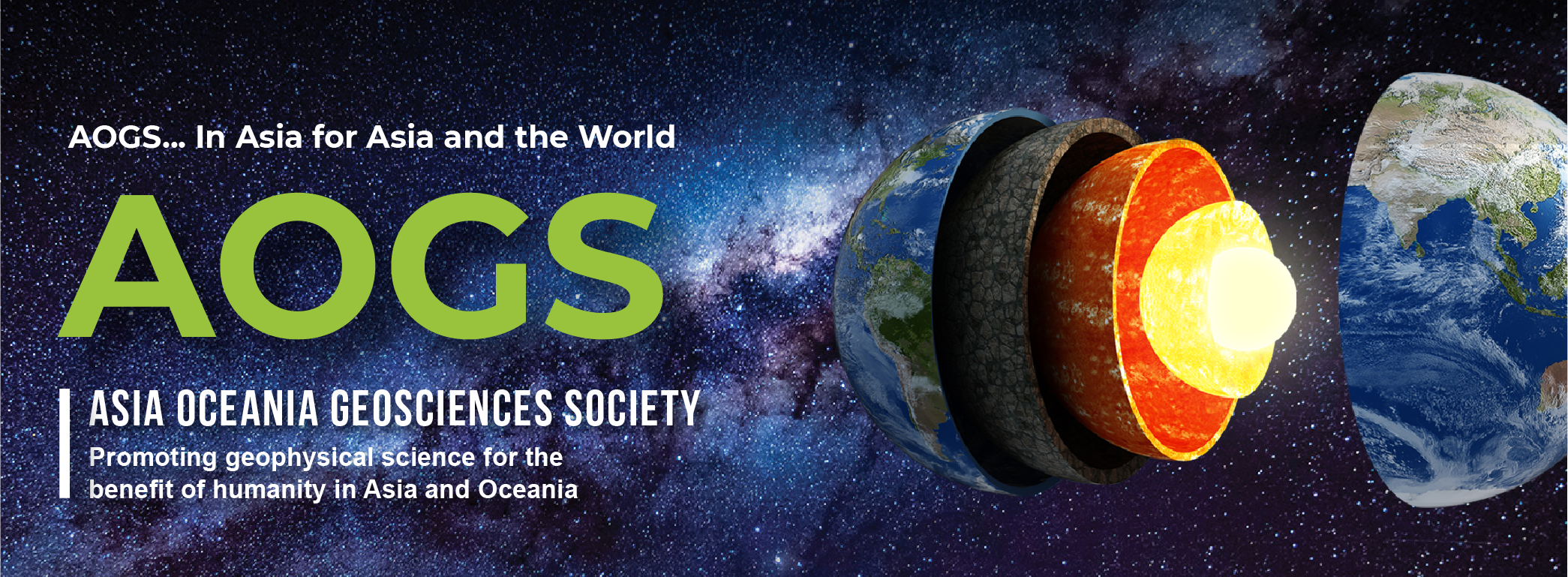
Y Kamide Early Career Researcher (ECR) Award

2016-2017
Dr Sreeja VADAKKE VEETTIL
Biography
Dr. V. Sreeja is currently a Senior Research Associate at the Nottingham Geospatial Institute (NGI) in the University of Nottingham in UK. She did her M.Sc at Indian Institute of Technology (IIT, Madras, India) and Ph.D at Space Physics Laboratory (SPL, India) in Ionospheric Physics in 2010. After a short period as a Research Associate at SPL, Dr. Sreeja was appointed as a Postdoctoral Research Fellow at NGI (UK) in 2010. At NGI, Sreeja has been involved in ESA, EU and UK research council funded projects as PI and Co-PI, taking charge of data management and research in the areas of space weather and ionospheric effects on GNSS (Global Navigation Satellite System). She published 23 papers in peer-reviewed journals and presented/published 35 papers/reports in the proceedings of international meetings and conferences including invited talks (e.g., AGU fall meeting, 2013; Royal Institute of Navigation, 2014). She has also been the co-chair of sessions in international meetings (e.g., AGU fall meeting, 2013) and written an article under “Highlights on Young Scientist” published in the Climate and Weather for Sun-Earth System (CAWSES)-II Task Group4 newsletter (April 2012 Issue). Currently, her research focuses on assessing the effects of space weather on GNSS receivers, quantifying GNSS positioning errors and vulnerabilities to improve the modelling of GNSS scintillation and to develop scintillation mitigation tools to combat GNSS receiver performance degradation.
Abstract
"Impact andMitigation of SpaceWeather Effects on GNSS Receiver Performance"
There is a growing reliance on Global Navigation Satellite Systems (GNSS) for mission-critical high-precision applications such as air/marine transport, autonomous vehicles/machinery control and in areas such as construction, agriculture and offshore operations. GNSS suffer from a number of known vulnerabilities. A potentially severe vulnerability is the effect of space weather on the GNSS satellites signals, a topic highlighted in the report “Extreme space weather: impacts on engineered systems and infrastructure” published by the Royal Academy of Engineering in February 2013. Following a brief introduction, this lecture will present the significant results from our studies on the impact and mitigation of space weather effects on GNSS receiver performance along with the validation strategies, practical aspects as well as limitations in the use of tracking jitter maps for scintillation mitigation. Space weather effects on the signals transmitted by GNSS, such as GPS (Global Positioning System) and GLONASS (Global Navigation Satellite System), include the effect of ionospheric perturbations and solar radio bursts. Intense solar radio bursts occurring in the L-Band can impact the tracking performance of GNSS receivers located in the sunlit hemisphere of the Earth. Significant decrease in the GNSS signal carrier-to-noise ratio (C/N0) is observed, which can lead to the complete loss of lock on the satellite signals. High-precision GPS positioning on the entire sunlit side can be partially disrupted during solar radio bursts. Hence, solar radio bursts are potential threats to safetycritical systems based on GNSS. Consequently monitoring these events is important for suitable warnings to be issued in support to related services and applications. On the other hand, the space weather effects leading to ionospheric perturbations on the GNSS signals are either due to dispersion or scintillation caused by plasma density irregularities. The occurrence of scintillation shows large variability with local time of the day, season, latitude, longitude, as well as solar and geomagnetic activity. Auroral and high latitude scintillation occurrences can be correlated with the changes in the solar and interplanetary conditions with a consequential impact on GNSS receiver tracking performance. An assessment of the GNSS receiver tracking performance under scintillation can be analysed through the construction of receiver Phase Locked Loop (PLL) tracking jitter maps. These maps can offer a potentially useful tool to provide users with the prevailing tracking conditions under scintillations over a certain area and also be used to help mitigate the effects of scintillation on GNSS positioning. This can be done in association with a strategy that involves using the tracking errors to improve the stochastic model of the observations in the position estimation. We will try to answer the related questions, comments and suggestions.
